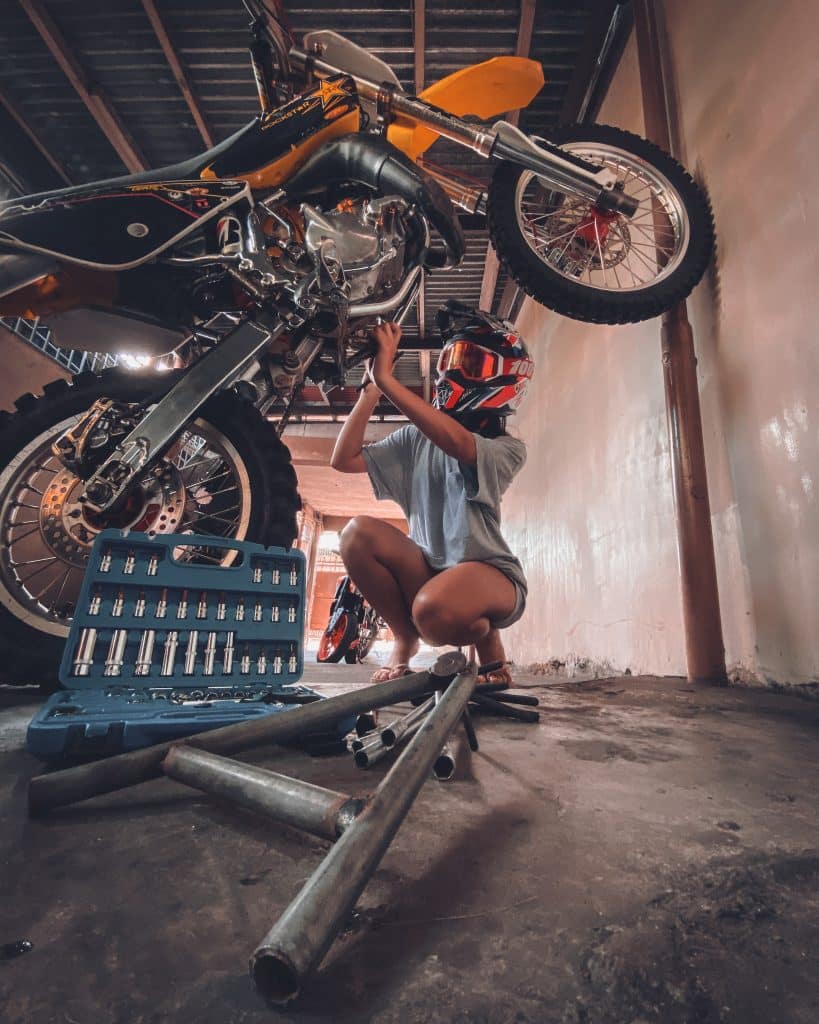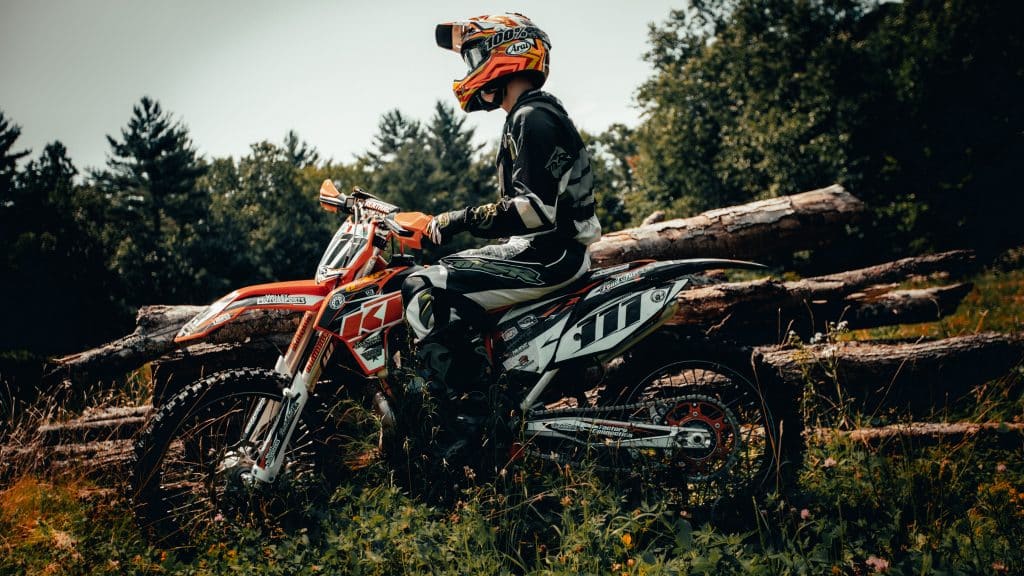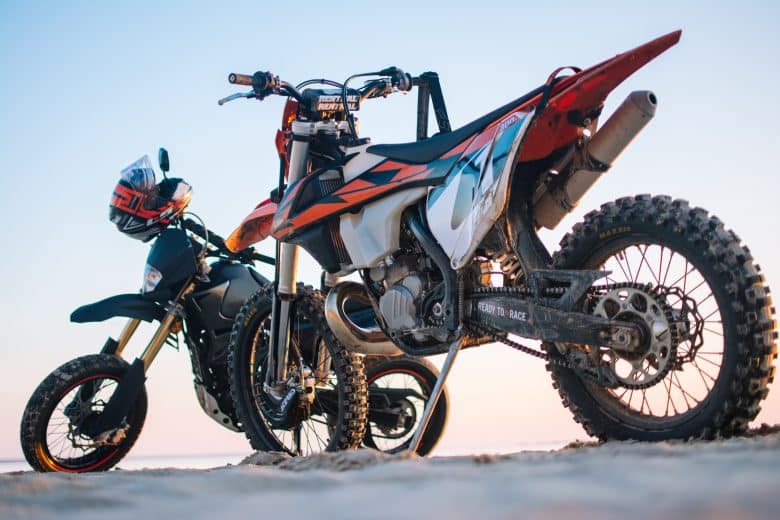From riding your bike through the sandstorms of the Great Victoria Desert to swarming through the dense forests of Queensland, one can only imagine what your dirt bike goes through. This also means it might have dust clogging its fuel pump, or the tyre tread might wear out.
Such issues can pose riding problems during the next trail or, worse, lead to accidents. That is why you cannot discount the importance of your dirt bike’s inspection before hopping on it and replacing the parts from MXStore. Here are eleven areas to look for.
Check the Tyres
Check for even wear and tear, nails or other objects embedded in the rubber and of course, the air pressure. If you are unsure about the latter, refer to your bike’s manual. Under-inflated tyres can reduce handling, while over-inflated tyres might cause the bike to “skip” on the terrain.

Chain and Sprockets
If you have a chain-driven bike, check the chain’s condition. A loose or saggy chain will come off easily, while a rusted one will break mid-ride. As for the sprockets, remember to check for wear and tear and replace them when necessary.
Brakes
Your life depends on your brakes, so give them a thorough inspection before every ride. Check for fluid leaks, air bubbles in the lines, damaged hoses and pads that need replacing. If you are unsure about any of these, ask a professional mechanic to take a look.
Here are some DIY tips to address minute brake issues:
- If the lever feels “spongy”, pump it a few times to remove any air bubbles in the line.
- If the fluid reservoir is running low, top it up.
- If the lever comes all the way back to the handlebar, there might be an issue with the cable. Try tightening it and if that doesn’t work, replace the cable.
Clutch
A well-functioning clutch will engage and disengage smoothly. If you feel any resistance or the lever is too loose, there might be something wrong with the clutch cable or perch. Another tell-tale sign is if the bike’s RPMs increase, but there’s no change in speed, meaning the clutch is not engaging at all.
This issue can be addressed by adjusting the clutch perch. If that doesn’t work, then replace the clutch cable.
Leaks
Check for fuel, coolant or oil leaks. If you see any, determine the source and get it fixed as soon as possible.
Lights
Not being able to see in the dark is dangerous for you and other motorists. Check that your headlight, taillight and brake light are working properly. Also, check your turn signals to avoid getting into an accident.
Cables
Check all cables, including the throttle, clutch, front and rear brakes, and shifters. If any of them are frayed or broken, replace them immediately.
Suspension
Your dirt bike’s suspension system takes a lot of abuse, so it is important to check for leaks, cracks or any other damage. Also, check for loose bolts and nuts.

Stand
The stand is essential for parking your bike, so make sure it is firmly attached to the frame. Also, check that the spring is not damaged and can hold up your bike’s weight.
Engine
Check for any oil or coolant leaks or cracks in the engine block. Also, look for all hoses and electrical wires to see if they are properly connected.
Frame
Inspect the frame for any cracks, bends or breaks. If you find any damage, have it fixed immediately.
Final Word
These are just some aspects you need to look out for during a dirt bike inspection. Remember, safety should always be your top priority. So, take the time to check your bike before every ride.












Leave a Reply